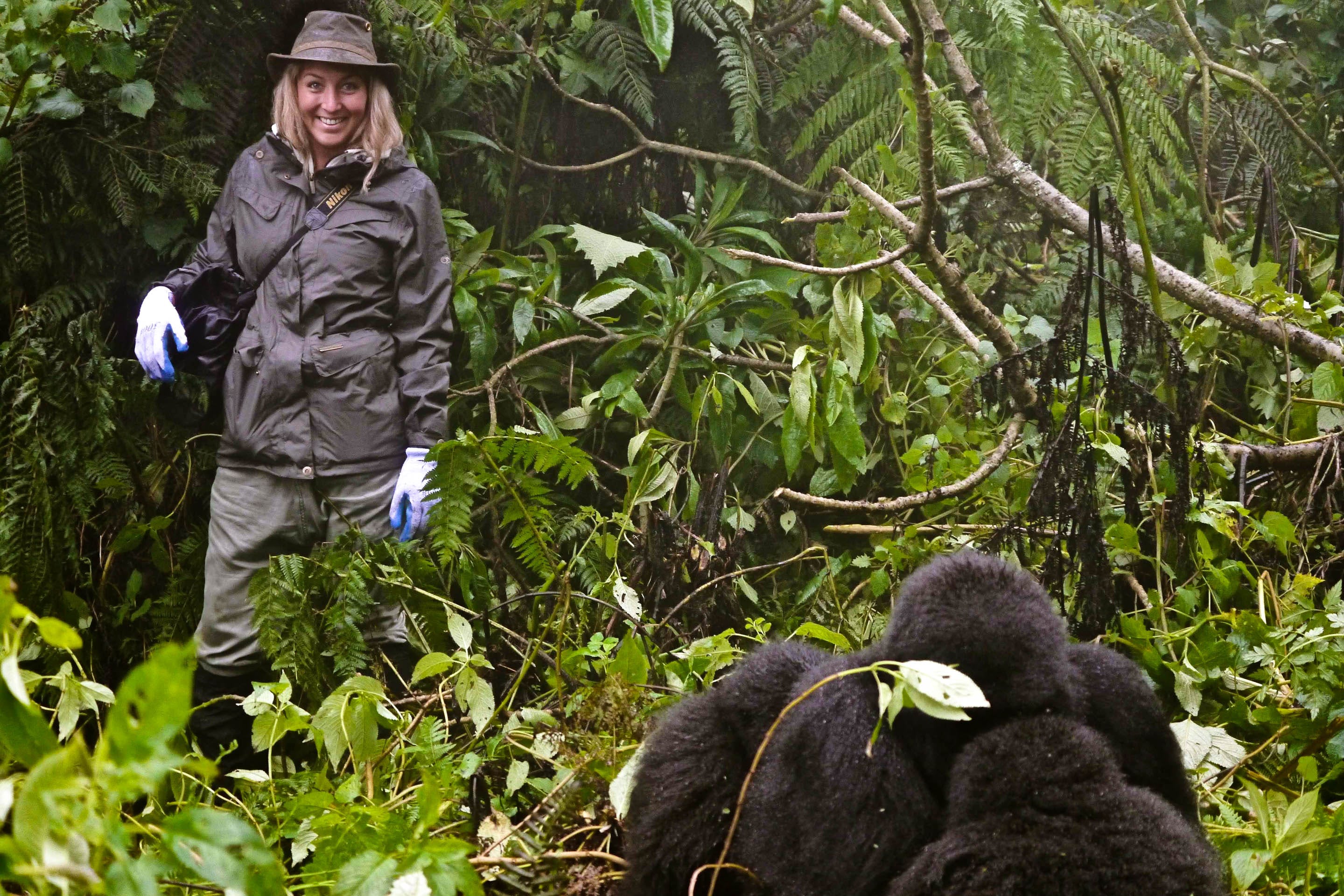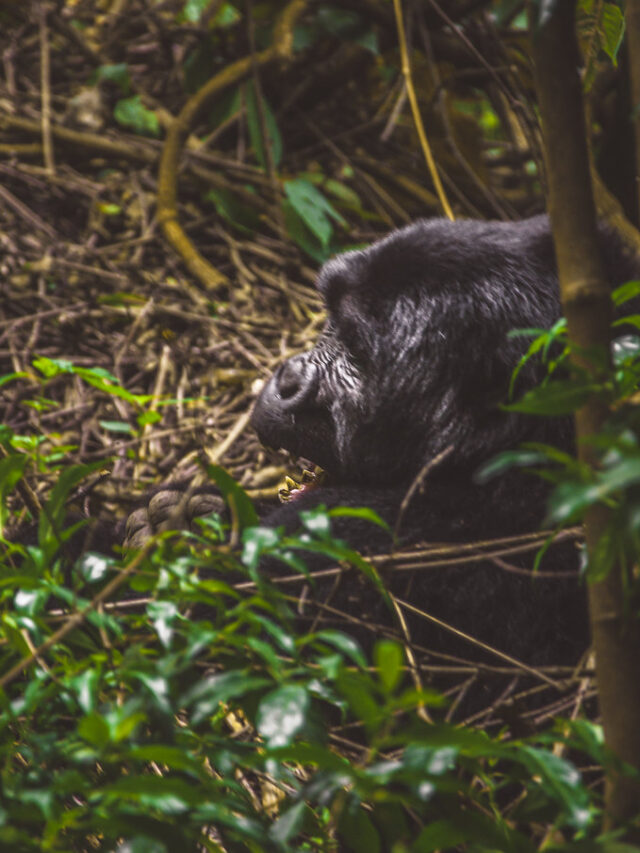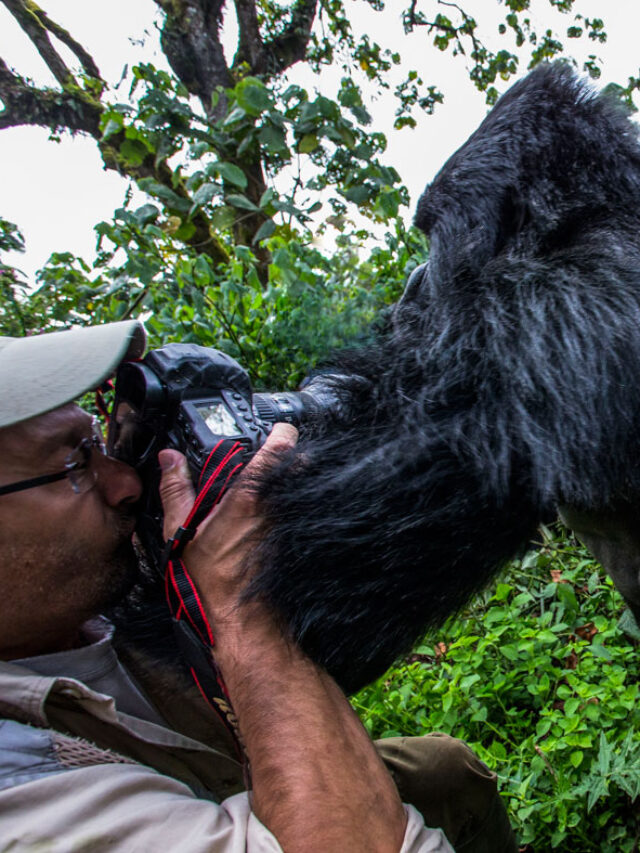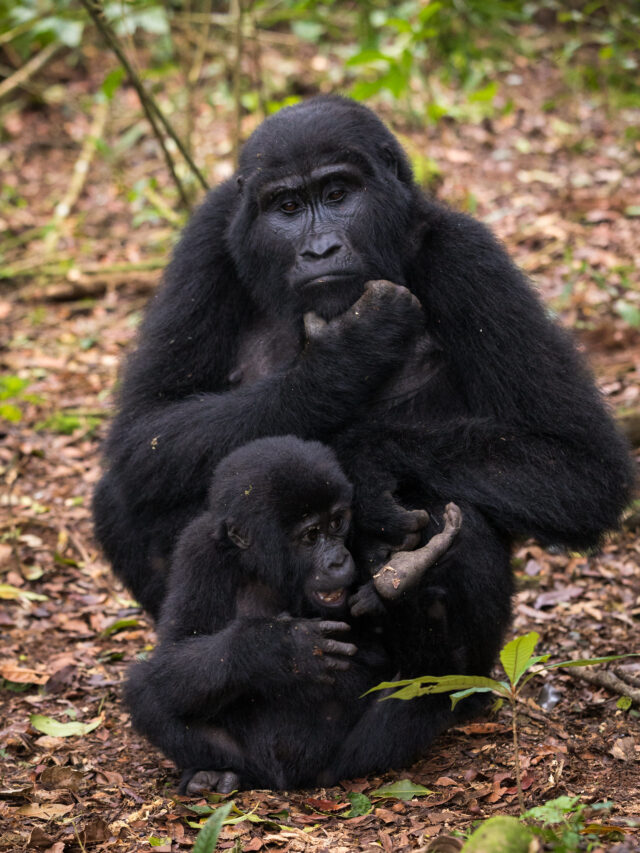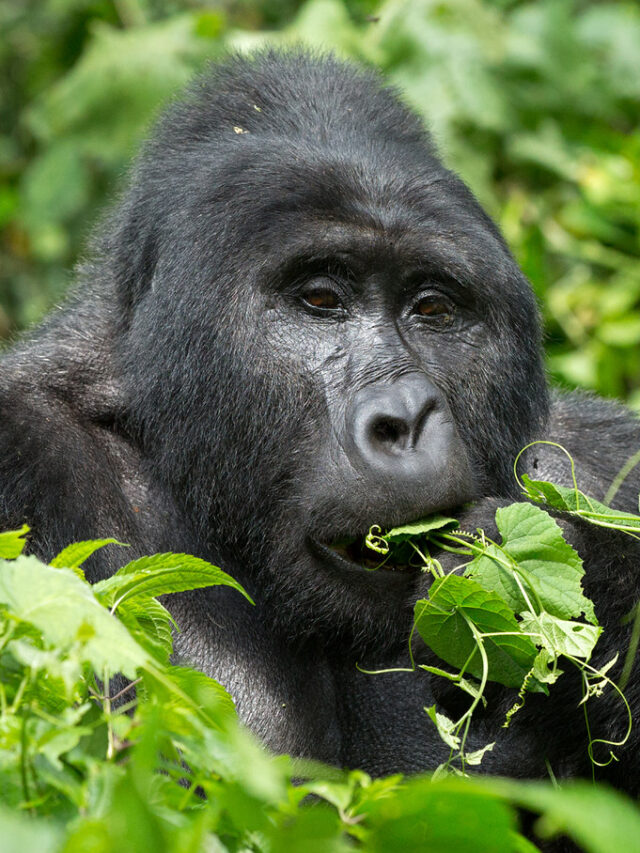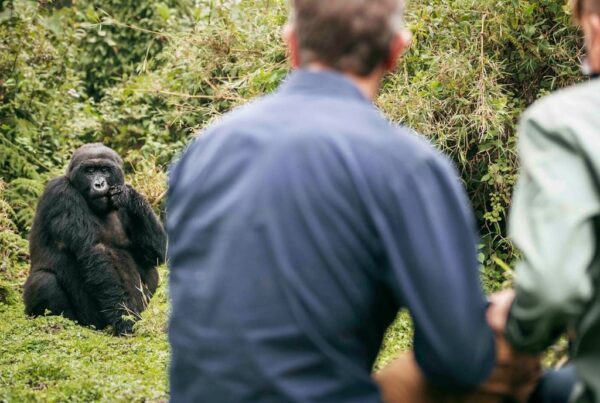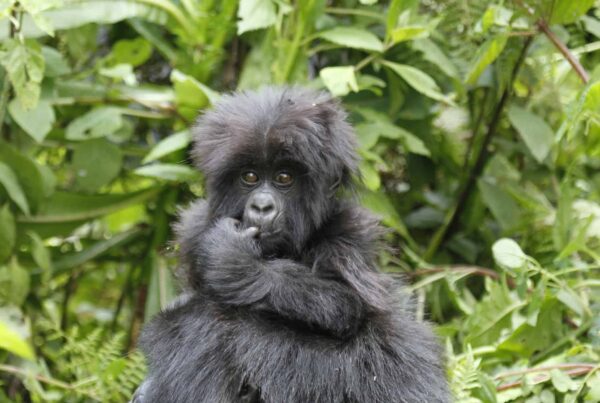5 Common Gorilla Trekking Mistakes — And How to Avoid Them
A Journey of a Lifetime That Needs More Than Just a Permit
Gorilla trekking in Uganda, Rwanda, or the Democratic Republic of Congo is a soul-stirring adventure — one that draws travelers from every corner of the world hoping to come face to face with the majestic mountain gorillas in their natural habitat. But as thrilling as the experience is, many travelers unknowingly walk into it unprepared, often ruining what should be a seamless and powerful moment with avoidable mistakes.
5 Common Gorilla Trekking Mistakes — This is not your ordinary wildlife safari. Trekking to see gorillas is physically demanding, emotionally intense, and governed by strict conservation rules for the safety of both humans and gorillas. Failing to prepare or misunderstanding what’s expected of you can lead to discomfort, disappointment, or worse — being turned away at the last minute. Below are the five most common gorilla trekking mistakes, drawn from real trekking experiences and firsthand insights in Uganda’s Bwindi Impenetrable Forest and Mgahinga Gorilla National Park — and what you can do to avoid them.
1. Underestimating the Physical Challenge of the Trek
Many travelers assume that gorilla trekking is just a “forest walk” or that the rangers will take them on short trails designed for tourists of all fitness levels. The truth is, the trek can last anywhere between 30 minutes and 8 hours, depending on where the gorillas are that day. Mountain gorillas do not follow man-made paths — they roam freely through some of the world’s most rugged and steep terrain, often at high altitude, thick with undergrowth, vines, and slippery mud.
Some visitors arrive completely unfit, wearing flimsy shoes or even sandals, and struggle to keep up with the pace of the group. This not only slows the trek down for everyone but also puts undue pressure on porters and rangers. In severe cases, a tourist may not even reach the gorillas if they can’t keep up or have a medical emergency along the way.
How to avoid it: Prepare well in advance. If you’ve booked a permit, start light cardio or walking exercises weeks before your trip. Invest in good hiking boots with ankle support and proper grip. On the day of the trek, eat a solid breakfast and stay hydrated. Know your limits, and don’t be afraid to hire a porter — it’s not a sign of weakness, but a wise decision to protect both yourself and the gorillas’ habitat.
2. Wearing the Wrong Clothes and Packing Poorly
Trekking through a rainforest is not the same as walking in a national park or on a dry hiking trail. Many first-time trekkers show up in jeans, open-toed shoes, or light-colored outfits that offer zero protection against biting ants, stinging nettles, thorny branches, and muddy slopes. Some even forget essentials like gloves, rain jackets, or gaiters — only to regret it within minutes of entering the forest.
Uganda’s rainforest environment can shift from sunshine to downpour within seconds. The terrain can be uneven, steep, and filled with biting insects. Clothes that are inappropriate can make the trek miserable and distract you from enjoying the rare privilege of seeing gorillas.
How to avoid it: Wear long-sleeved shirts, durable trekking trousers, a wide-brim hat or cap, and waterproof boots. Carry a light rain jacket or poncho regardless of the season. Don’t forget gardening gloves (to help with grip on vines), insect repellent, and a small backpack with water, snacks, and extra layers. The right gear can make the difference between discomfort and delight.
3. Ignoring or Misunderstanding the Rules
The rules of gorilla trekking aren’t just arbitrary — they are designed to protect both you and the gorillas. Yet, some travelers still break protocol: speaking loudly in the forest, taking flash photography, trying to touch gorillas, or crowding too close during the hour-long viewing window. Others show up visibly sick — coughing, sneezing, or feverish — which can have devastating consequences. Because mountain gorillas share 98% of our DNA, they are highly susceptible to human diseases, including the common cold.
What many trekkers don’t realize is that breaking these rules can lead to being removed from the group, fined, or even blacklisted. Worse still, an infected human could introduce an illness that wipes out an entire gorilla family.
How to avoid it: Listen carefully to your pre-trek briefing. Always keep a minimum distance of 7 meters, never use flash when photographing, and speak in whispers or stay silent. If you feel sick on the day of the trek, do the responsible thing and stay behind — even if it means losing your permit fee. It’s not worth endangering gorillas or your fellow trekkers.
4. Failing to Respect the Experience Itself
One of the most overlooked mistakes is treating the gorilla encounter like a social media photoshoot instead of a profound wildlife experience. Some tourists spend the entire precious hour behind their phone screen, recording nonstop, posing with their backs turned to the gorillas, or snapping hundreds of selfies. They come with the goal of “getting the shot,” rather than opening themselves up to the emotion of the moment.
This kind of behavior can disrupt the atmosphere, irritate other trekkers, and cause stress to the gorillas themselves. These primates are wild, intelligent, and deeply expressive — not props for performance.
How to avoid it: When you reach the gorillas, pause. Watch. Breathe. Let the moment soak in. Take a few photos, yes — but don’t let the lens separate you from the experience. You are in the presence of beings that very few people on Earth ever get to see. Give it the reverence it deserves. Let your camera capture a few frames — but let your soul capture the rest.
5. Not Booking Properly or Leaving Things Until the Last Minute
Many travelers wrongly assume they can just “show up” in Uganda or Rwanda and book a permit on arrival. But gorilla permits are limited, expensive, and highly regulated. In peak seasons — especially June to September and December to February — permits sell out months in advance. Some people travel across the world only to discover that no treks are available for weeks. Others book permits but forget to confirm transport, accommodation near the trailhead, or fail to check which region their permit is in — only to realize on the day that they are five hours away from the starting point.
How to avoid it: Book your gorilla permit well in advance — at least 3 to 6 months ahead for high season. Know which sector your permit is in (Rushaga, Buhoma, Ruhija, or Nkuringo in Bwindi, for example), and plan your lodge or campsite accordingly. Work with a trusted local tour operator if possible. Cross-check your dates, times, and logistics so that nothing is left to chance. A once-in-a-lifetime experience deserves better than last-minute scrambling.

